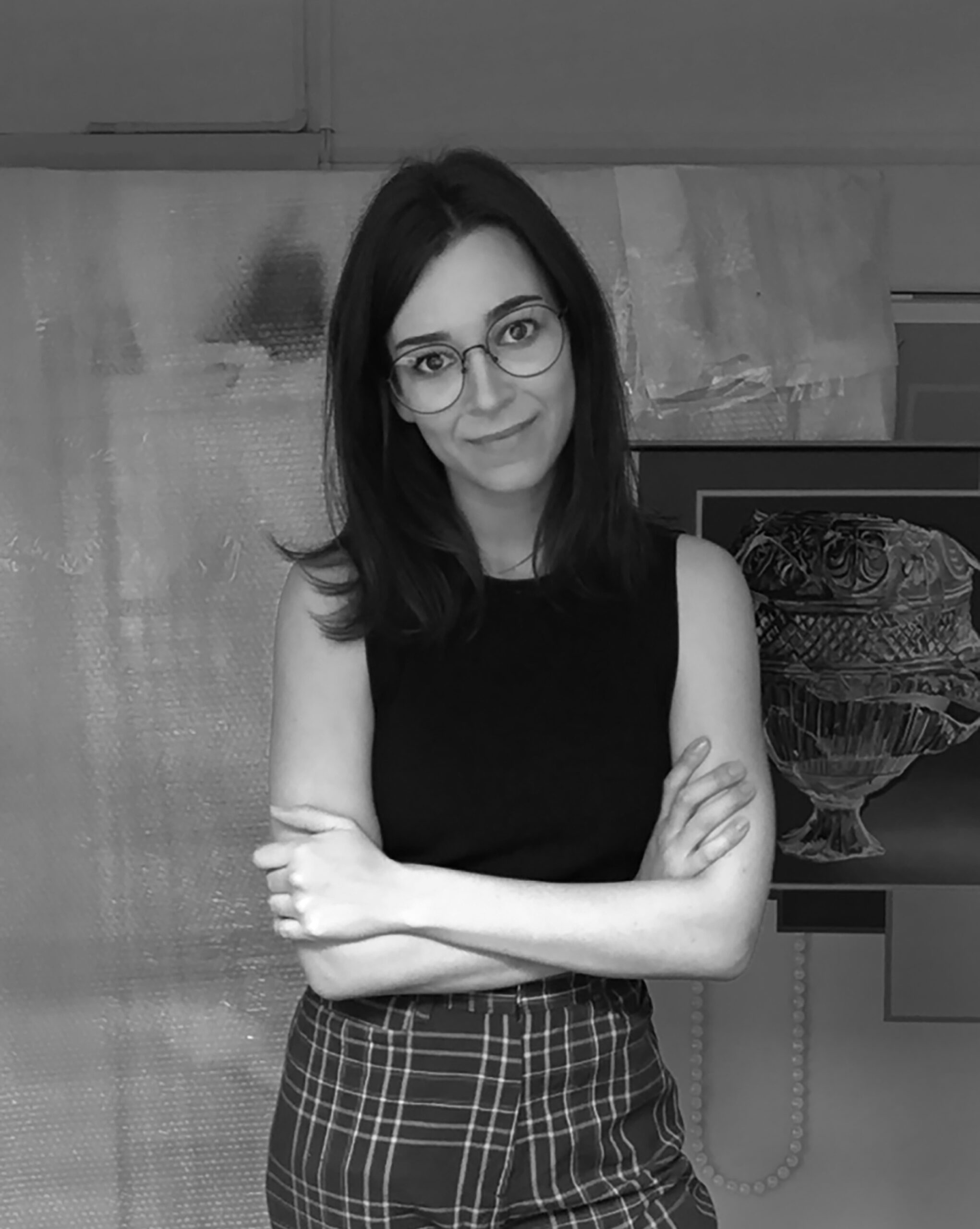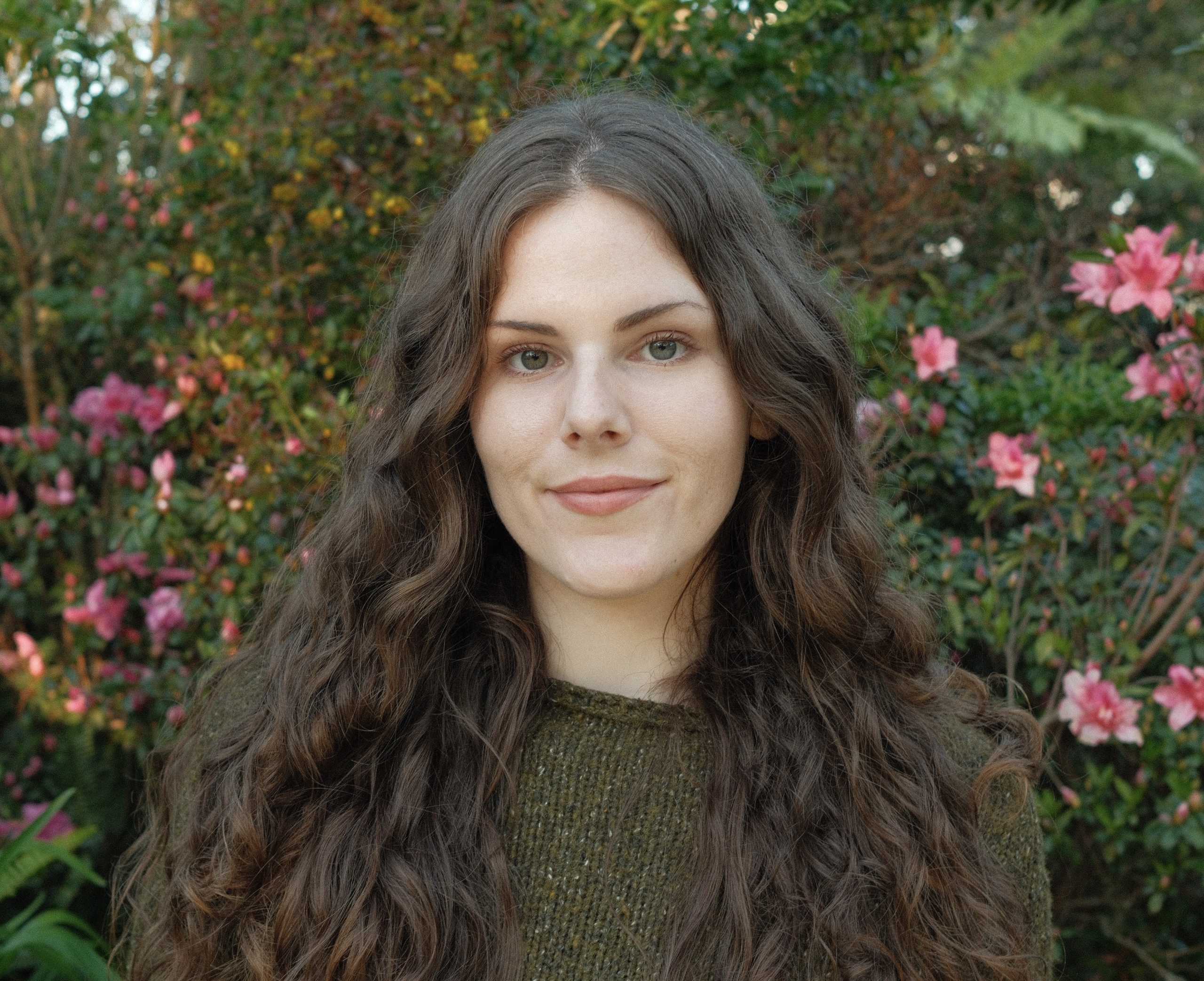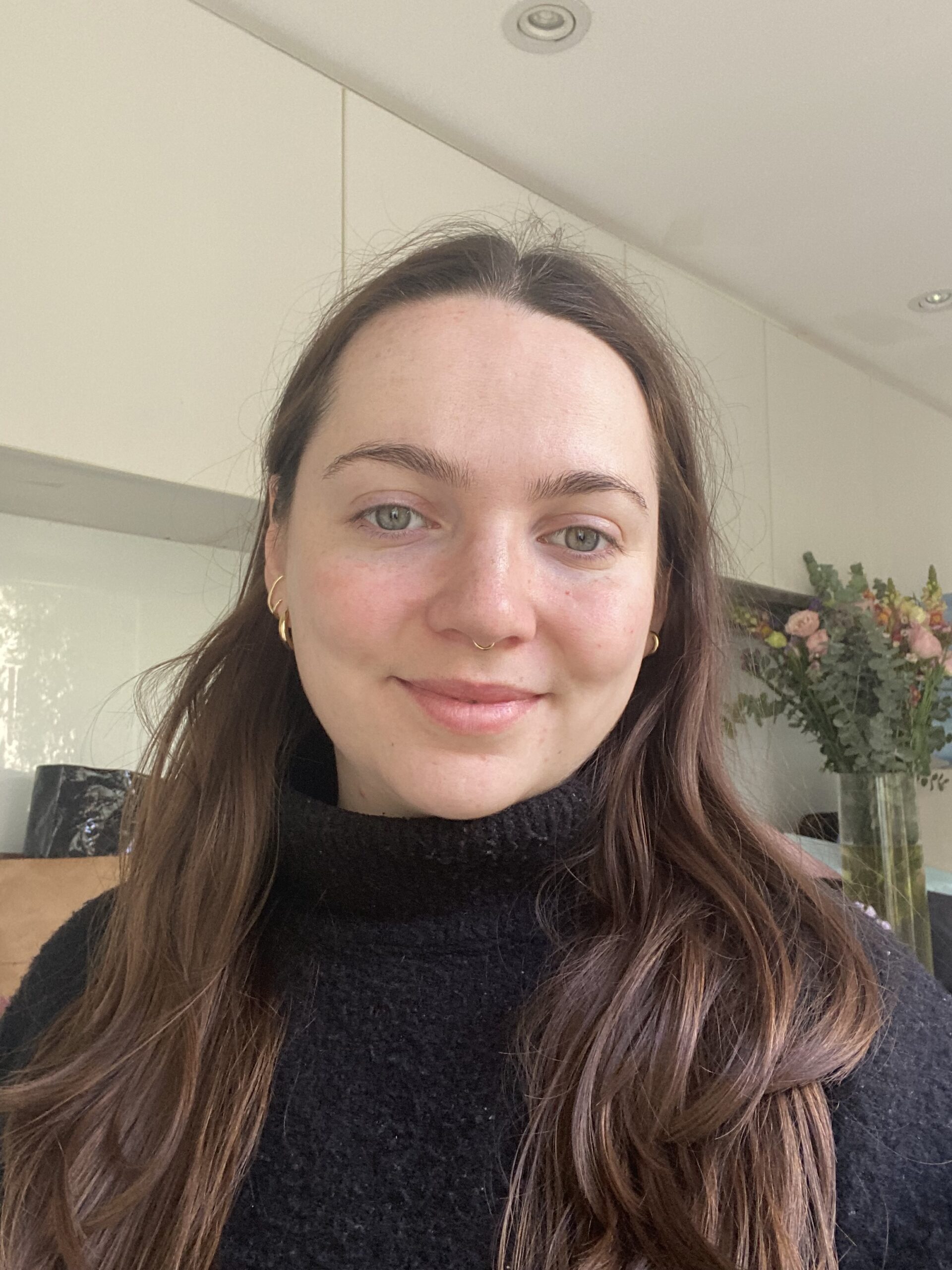Dr Alex Kershaw is an artist, writer and educator. As an artist, he works in photography, video installation and documentary film. As a scholar, he connects photographic history and theory with other fields concerned with intersubjective and multi-species encounters such as ethnography, material culture and performance studies. He holds a PhD in Art History, Theory and Criticism with a Concentration in Art Practice from the University of California at San Diego and an MFA from the University of New South Wales, Art and Design. He has written for journals such as FIELD: A Journal of Socially Engaged Art Criticism and exhibited work at venues such as—Tokyo Wonder Site, Japan; Australian Centre for the Moving Image, Art Gallery of New South Wales and Australian Centre for Photography, Australia; Jeu de Paume, France; Oberhausen Short Film Festival, Germany; and Matucana 100, Chile.
About
The National Art School’s renowned Photomedia faculty offers Bachelor of Fine Art (BFA) and Master of Fine Art (MFA) students in-depth instruction in the technical skills and theoretical understanding across the broad spectrum of contemporary fine art photography and photomedia.
The BFA program introduces students to all aspects of photographic practice, from traditional analogue camera and darkroom techniques to contemporary digital imaging processes, advanced digital printing and moving image workshops using Adobe Photoshop and Premier software.
Study is integrated with studio demonstrations, tutorials, critiques and excursions to relevant exhibitions. Students are encouraged to broaden their practical skills and their understanding of the broad history and theory supporting photographic practices. As well as exploring the boundaries of photography in contemporary visual art, students are encouraged to find their own path and identity as an emerging practicing artist. As students progress through their degree, increasing emphasis is placed on individual experimentation and investigation, which fosters the artistic development, creative confidence and critical awareness needed to successfully pursue a career in visual art.
To support and facilitate their development, each student is provided with an individual working and studio space equipped with a personal computer and imaging software. Facilities include individual studios, a well-equipped lighting studio and extensive analogue darkroom facilities. Student projects are supported by digital or analogue camera and lighting equipment that can also be borrowed for off-site work. NAS also has a professional onsite digital print service, The Print Lab, with large-format print capability and managed by a highly experienced fine art printer.
The faculty team is led by acting Head of Photomedia Dr Alex Kershaw, an artist, writer and educator. As an artist, he works in photography, video installation and documentary film. As a scholar, he connects photographic history and theory with other fields concerned with intersubjective and multi-species encounters such as ethnography, material culture and performance studies. He holds a PhD in Art History, Theory and Criticism with a Concentration in Art Practice from the University of California at San Diego and an MFA from the University of New South Wales, Art and Design. He has written for journals such as FIELD: A Journal of Socially Engaged Art Criticism and exhibited work at venues such as—Tokyo Wonder Site, Japan; Australian Centre for the Moving Image, Art Gallery of New South Wales and Australian Centre for Photography, Australia; Jeu de Paume, France; Oberhausen Short Film Festival, Germany; and Matucana 100, Chile.
All Photomedia lecturers are experienced practicing artists, dedicated to engaging, supporting and challenging their students. NAS is renowned for its studio-based, hands-on model of learning, and all Photomedia students receive intensive face-to-face teaching in small classes. Postgraduate students also are provided their own studio space on campus in the new Postgraduate Centre.
In the BFA program, all students take Photomedia in their first year as part of their studio rotations which also includes painting, ceramics, printmaking and sculpture. In second year, students focus fully on a chosen studio area such as Photomedia, however there are always opportunities for cross-disciplinary work.
















